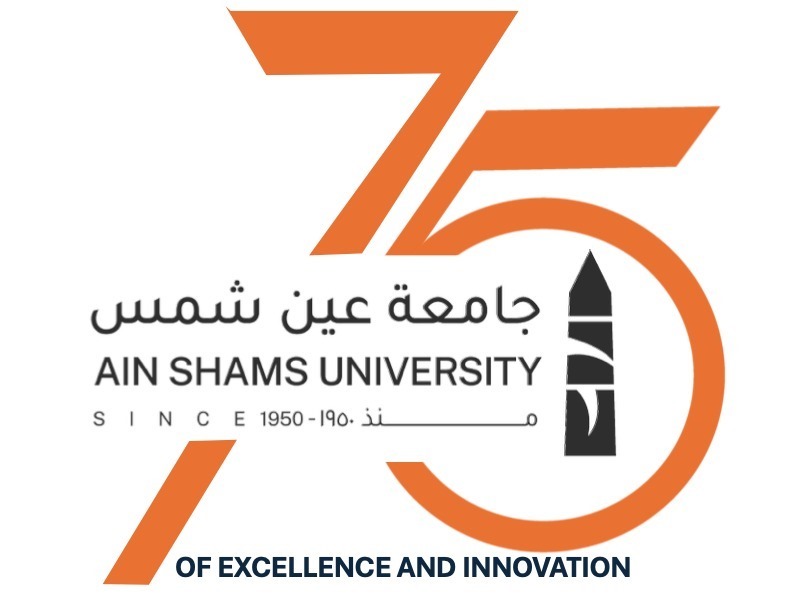The Faculty of Engineering wins the third place in the world in the global competition presented by the MathWorks Program
In the “Technical and Economic Evaluation of Green Hydrogen Production” challenge, a team from the Faculty of Engineering, Ain Shams University, Department of Mechanical Power Engineering participated in the global competition presented by MathWorks (The 2023 Sustainability and Renewable Energy Challenge), as part of 16 challenges in the challenges of sustainability and renewable energy.
The team included students Mohamed Khaled Khalaf, Karim Mohamed Al-Laithi, Hazem Hossam Ibrahim, Nourhan Nasser Abdel-Zaher, Salma Abdel-Baset Ali, Mayar Sayed Mohamed, and Aya Hisham Mustafa.
This is under the supervision of: Dr. Hani Al-Sayed Abdel Halim Saad (Assistant Professor in Mechanical Power Engineering), Dr. Ashraf Mostafa (Assistant Professor in Mechanical Power Engineering), Dr. Hamada Galal (Assistant Professor in Mechanical Power Engineering).
The team presented a comprehensive assessment of green hydrogen production using the Simscape model. The model includes a set of systems: a solar cell system to generate solar energy, energy storage batteries, a system to connect to the electricity grid, and a water electrolyser to produce hydrogen. This model was controlled by writing a code that combines economic and technical systems and inputs using the MATLAB program to analyze data and improve performance and costs of hydrogen production by reducing dependence on electrical grid energy and being satisfied with solar energy by storing it in the storage system for use at night because it is a source Renewable and clean to produce green hydrogen, they added economic signals to the Simscape model, including capital cost, operational cost and electricity grid cost, including 242 sites around the world.
They then developed an energy storage system to reduce the cost of the electricity grid at a given location, and by adjusting the size of the energy storage system at each location so that no electricity grid was needed.
The team's work has demonstrated an understanding of how engineering innovation and economic analysis together enable decarbonisation pathways.


.svg)




